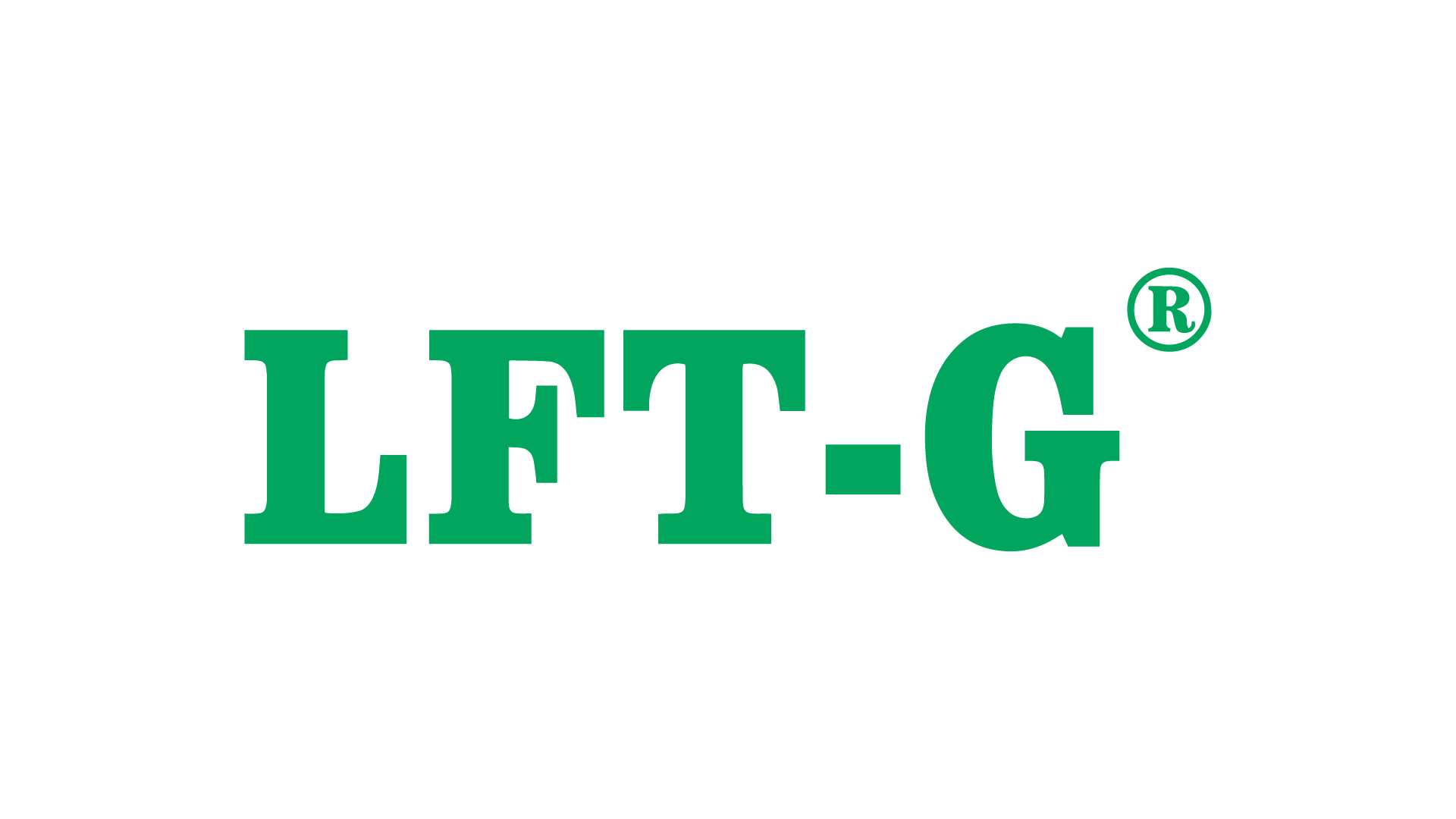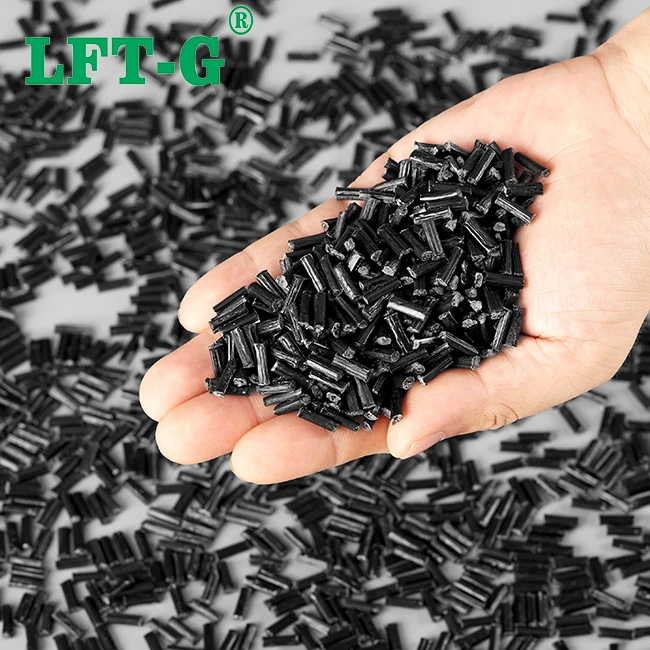Durch eine Kohlefaserverstärkung kann die Festigkeit von Polypropylenmaterialien verbessert werden.
Durch eine Kohlefaserverstärkung kann die Festigkeit von Polypropylenmaterialien verbessert werden.
Art.-Nr.:
PP-NA-LCFZahlung:
DiscussedProduktherkunft:
ChinaFarbe:
Natural color or CustomizedHafen:
XiamenVorlaufzeit:
2-10 working days
| Merkmal |
Einheit |
Testmethode |
Eigenschaftswert |
| Spezifisches Gewicht |
g/cm³ |
ASTM D-792 |
1.04 |
| Verarbeitungsschrumpfung |
% |
ASTM D-955 |
0,10–0,30 |
| Zugfestigkeit |
MPa |
ISO: 527 |
116 |
| Zugmodul |
MPa |
ISO: 527 |
16252 |
| Zugdehnung |
% | ISO: 527 |
0,5-1,4 |
| Biegefestigkeit |
MPa |
GB/T 9341 |
131 |
| Biegemodul |
MPa |
GB/T 9341 |
12559 |
| Izod-Kerbschlagbiegeversuch |
KJ/ m² |
ISO: 180 |
51 |
| Charpy-Kerbschlagbiegeversuch |
KJ/ m² |
ISO: 179 |
50 |
| Wärmeformbeständigkeitstemperatur |
°C |
ISO 75-2 |
159 |
Nur als Referenz
Warum Langcarbonfasern füllen?
Kohlenstofffaserverstärkter Verbundwerkstoff (CFRP) besteht aus Kohlenstofffasern als Verstärkungsmaterial und Harz als Matrixmaterial. Frühere Kohlenstofffaserverbundwerkstoffe wurden hauptsächlich im militärischen Bereich eingesetzt. Mit der Verbesserung der Materialeigenschaften, des Formverfahrens und der Kosten werden Kohlenstofffaserverbundwerkstoffe immer häufiger in der allgemeinen Industrie sowie im Sport- und Freizeitbereich eingesetzt.
Polypropylen ist ein kostengünstiger, leistungsstarker und vielseitig einsetzbarer Polymerwerkstoff. Durch die Verstärkung mit Kohlenstofffasern können die Festigkeit, die Wärmeverformungstemperatur und die Dimensionsstabilität von Polypropylen verbessert werden, wodurch die Anwendungsmöglichkeiten von Polypropylen erweitert werden. Es wird häufig in elektronischen Geräten, Automobilen, im Bauwesen und in anderen Bereichen verwendet.
Insbesondere im Automobilbereich werden mit der Entwicklung von Fahrzeugen mit alternativer Antriebstechnik und dem Trend zu Leichtfahrzeugen immer häufiger kohlenstofffaserverstärkte Materialien eingesetzt.
Eigenschaften des kohlenstofffaserverstärkten Polypropylenmaterials:
Hohe mechanische Eigenschaften
Im Einklang mit dem Designtrend von Fahrzeugen mit alternativer Antriebstechnologie
Die geringere Dichte entspricht den Anforderungen von Leichtfahrzeugen

Mit Polypropylen gefüllte lange Kohlefaser
Anwendungen
Das mit Kohlefaser verstärkte modifizierte PP weist eine Reihe von Vorteilen auf, wie beispielsweise geringes Gewicht, hohen Elastizitätsmodul, hohe spezifische Festigkeit, niedrigen Wärmeausdehnungskoeffizienten, hohe Temperaturbeständigkeit, Hitzeschockbeständigkeit, Korrosionsbeständigkeit, gute Schwingungsdämpfung usw. und kann für Autoteile wie die Montage von Auto-Unterinstrumenten verwendet werden.

Xiamen LFT kann Sie während der gesamten Produkteinführung durch Produktdiskussionen, Leistungsanalysen, Verbundauswahl, Verbundpelletproduktion und After-Sales-Tracking unterstützen .
Darüber hinaus geben wir Anleitungen zu Spritzgusstechniken.